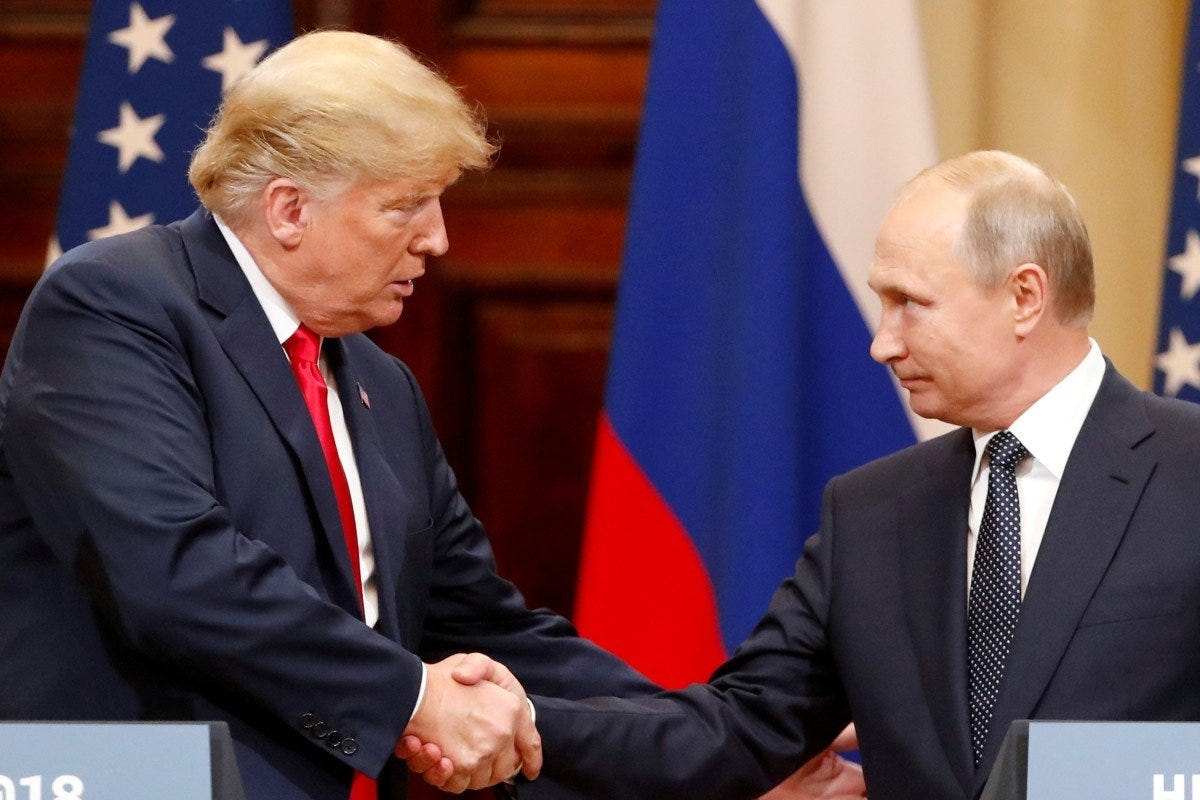Putin’s ‘Plan B’ for Ukraine: a Trump Blueprint?
Trump insiders and Putin operatives conjured a Russian backdoor takeover for Ukraine
Frank Snepp, a former top CIA analyst, now a Peabody-Award winning journalist, specializes in national security issues. His CIA memoir, Decent Interval, triggered a landmark U.S. Supreme Court ruling.
(Author’s Note: Just when you thought you were safe from Donald Trump, Putin’s Plan B blitzkrieg int…





